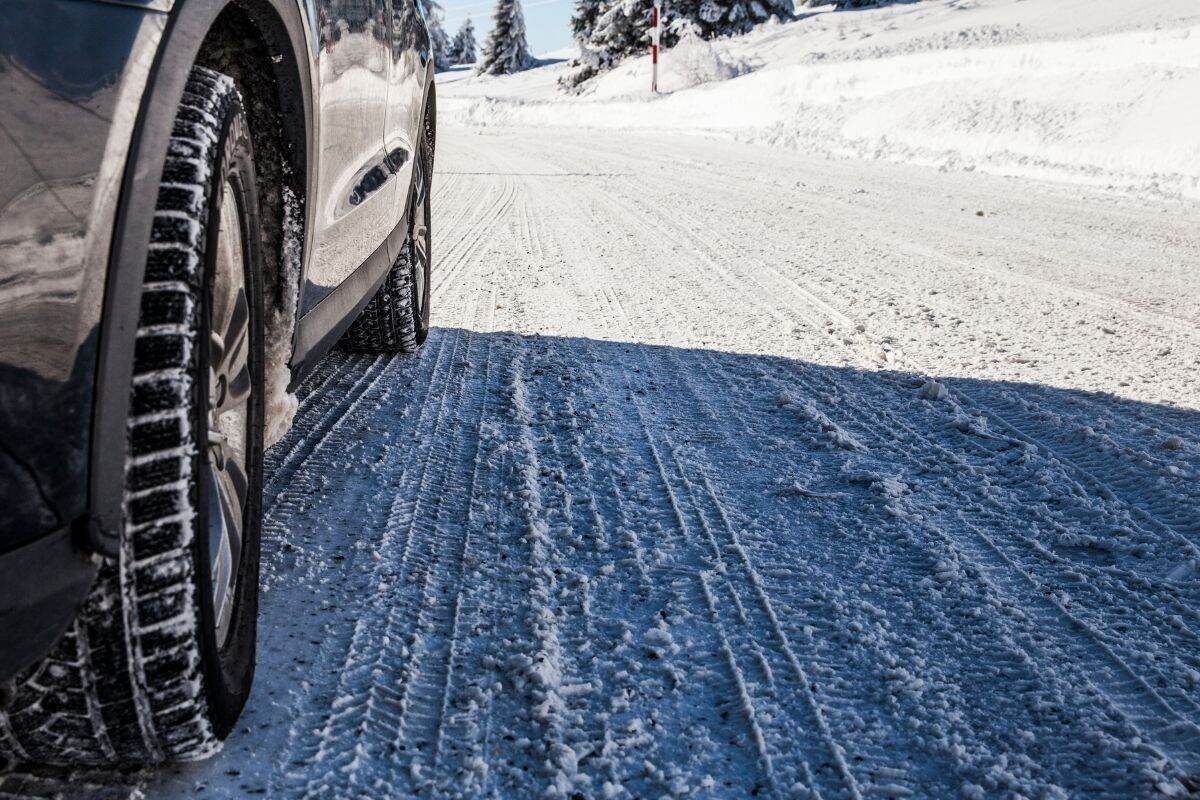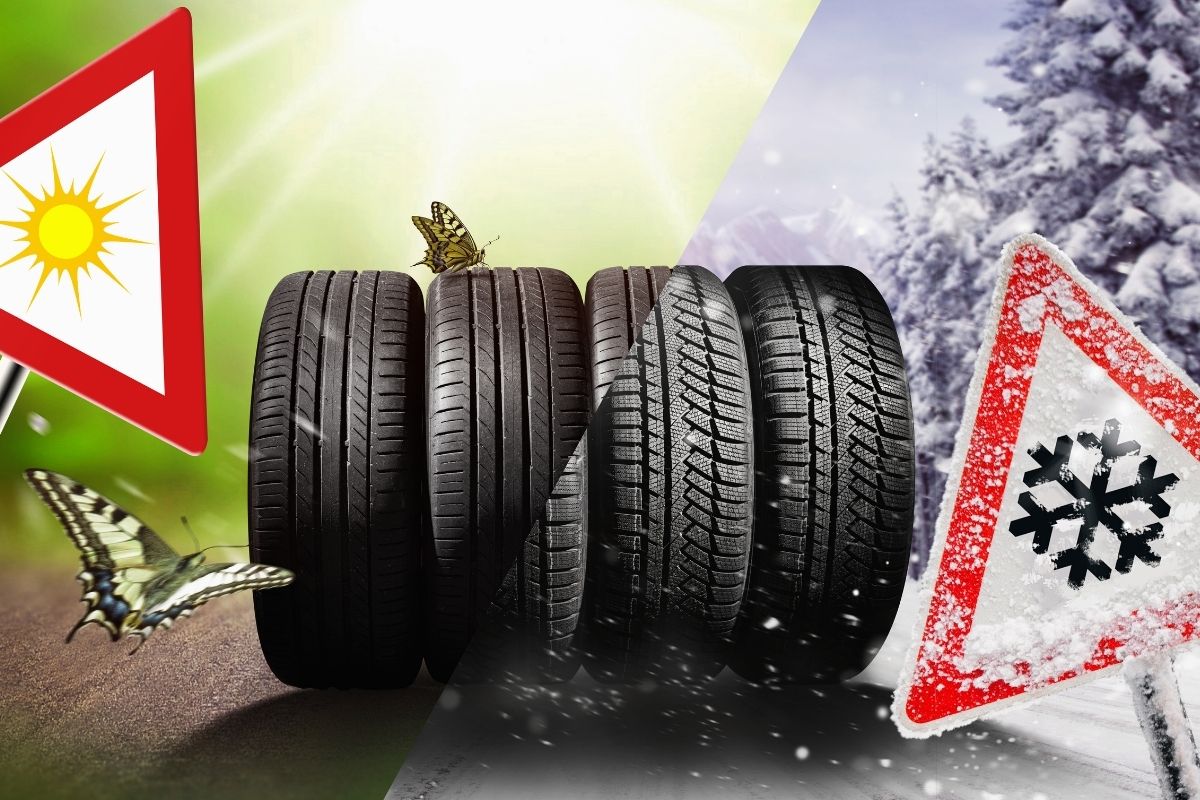Winter is well and truly here, but have you changed your tires? Many people out there don’t really know when they should change their tires and what the options are for those that live in cold, snowy locations. Knowing when to switch to winter tires is not just about driving comfort, it’s a major safety feature that saves hundreds of lives every year. Here at JD’s Auto Repair, we know how important it is for drivers to use winter tires, so we wanted to let you know when is the best time for you to change your tires.
What Do Winter Tires Do?
Winter tires are the best-designed tires for driving in snowy and icy weather conditions. Even all-season tires can’t stand up to the superiority of winter tires when it comes to gripping the road and preventing cold-weather wear and tear. For those that live in hilly or mountainous areas, winter tires are a must. Driving up and down hills in icy conditions is more dangerous than on flat surfaces, so the extra grip provided by winter tires is invaluable.
If you live in areas with winding roads, winter tires will also be a better option than all-season tires. This is because they offer superior grip and maneuverability. Considering that most fender benders happen on winding roads, this is a key point to consider when deciding between winter tires or all-season tires.
When Should You Switch to Winter Tires?
The answer to this question differs depending on what state you live in and the type of tires you’re using. Generally, it’s a good idea to change to winter tires once temperatures drop below 45F. Also, consider when you are driving. If you usually drive at night, you may want to change your tires earlier in the year as nighttime temperatures tend to be lower than daytime temperatures.

When Should You Switch Back From Winter Tires to Summer Tires?
It’s just as important to know when to switch from winter to summer tires as summer tires offer better grip and handling in warmer, drier conditions. Generally, you should do this in the springtime once temperatures get consistently above 45F. Of course, you should still consider nighttime temperatures if you plan on driving at night as ice and frost can still occur as late as May in many regions.
Knowing about the benefits of changing tires with the seasons is an important part of keeping safe on the road. Winter tires help grip in snowy and icy conditions, and they are especially useful on hilly or winding roads. Make sure you change them once the temperature drops below 45F, and keep in mind that temperatures tend to drop further earlier in the year at night than during the day.
If you need to change your tires to winter tires, visit us a JD’s Auto Repair. Every year, we change the tires for hundreds of people living in Philadelphia, PA, and the surrounding areas. It’s also a great time to visit us for a regular vehicle inspection before getting on the roads in winter. Contact us for more information.




